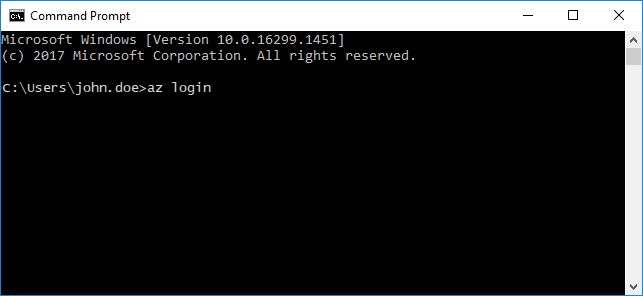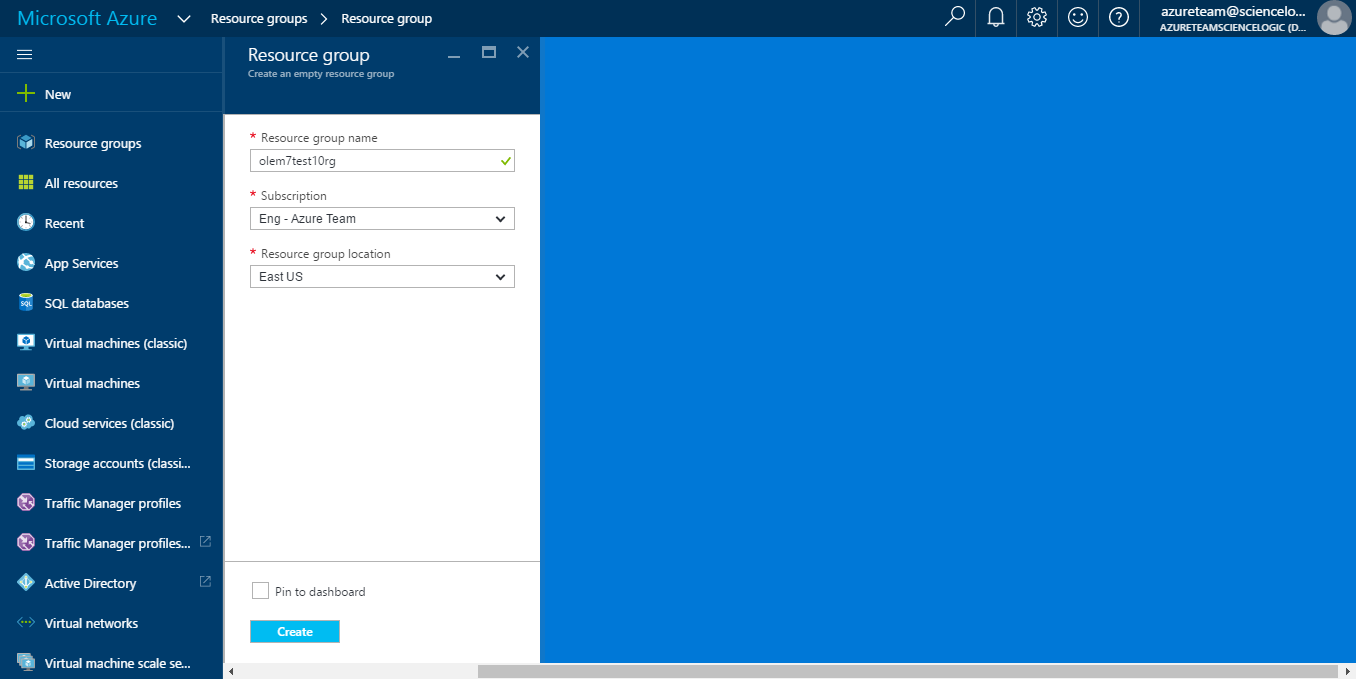

These differ on the basis of providing context of repository, branch, repository-type etc. There are multiple variations to create azure pipeline using ‘az pipeline create’ command. Working with Azure Pipelines at Command Line Create Azure Pipeline One can list the configuration using below command:Īlternatively, one can direct login to Azure DevOps Organization using Personal Access Token (PAT) using below command: After this, one can configure default Organization and Project using below commands:Īz devops configure -defaults organization= To configure defaults, one needs to authenticate to Azure using az ––version. Since we are going to work with Azure Pipelines, we’ll restrict mostly to group ‘az pipelines’ and we can see available commands or sub-command groups by using: If you need to know what you can do further with these sub-group of commands or commands, you need to append –h or ––help after the same: These sub-groups are further collection of commands. Same goes for sub-groups like admin, extension, service-endpoints etc. are to be followed by the group name (az devops in this case).

In above output, the commands: configure, feedback etc. One can also choose to use ––help instead of –h. We can view the Azure DevOps help using below command:

Working with command line can be intimidating in the beginning as one need to remember the exact syntax and options to run the command properly. Working with Azure DevOps Command line help You can verify the same using below command: The installation would be completed silently. You can use command: az ––version to validate the version installed.Īfter this, you can add Azure DevOps Extension by running below command: At a minimum, your Azure CLI version must be 2.0.49. The commands for same are mentioned here and here (for ubuntu only). Since az pipelines is part of the Az CLI, one first need it to install Az CLI on the machine from where one needs to run the commands. In this blog post, we’ll learn how to use ‘az pipelines’ commands to define, initiate and manage Azure pipelines at the command line. Since Azure Pipelines can now be managed at the command line, you can use it to further introduce the automation that you have created for your organization. Microsoft has been putting some efforts in writing YAML based pipelines over the last few months and has also recently introduced the ability to do Continuous Integration or Release or define both in one single pipeline. One of the new exciting features introduced in Azure DevOps updates is the introduction of ‘az pipelines’ command group.


 0 kommentar(er)
0 kommentar(er)
